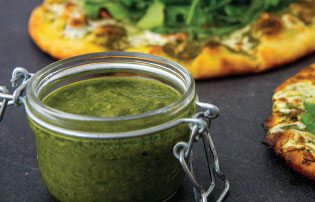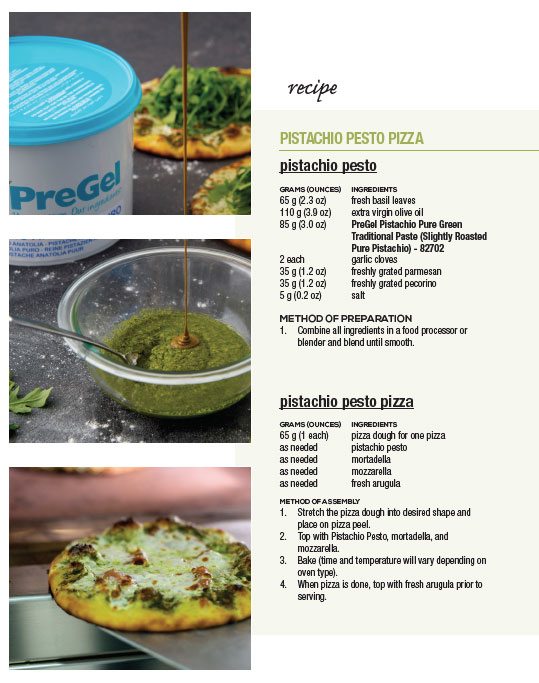
When Sweets Go Nuts for Savory
When you talk about sweet and savory, you open the door to endless menu options. According to the New York Times, the relationship between sweet and savory has come full circle—from medieval and Renaissance Europe, when there was no division between them, to their segregation during the 20th century and back again to the current era, in which cutting-edge chefs delight in toying with our expectations. There are many ingredients that, at first thought, are associated with either sweet or savory. Nonetheless, these items are becoming interchangeable between these two categories. As the world of sweet and savory pairings is evolving, we are seeing more out of the box recipes expanding beyond some of the classics we are familiar with such as chocolate-covered pretzels or salted caramel brownies. In fact, this culinary sector has been present across various cuisines for years. Take, for example, some traditional Thanksgiving dishes like sweet potato casserole or cranberry sauce with turkey. We have been familiar with the idea of sweet and savory for a while, but as we continue to gain knowledge into the flavor profile and versatility of various ingredients, we are seeing them being utilized in more creative inspired recipes.
In addition to the desire to experiment, food trends are a major source of new and innovative ways to use seemingly common ingredients and transform them into a wide range of dishes. Foodservice industry publication, Food Business News, notes that, savory flavors became a trend 8 to 10 years ago. The first movement was salty snacks, and then it started to expand with bacon everywhere, with high visibility in ice cream and chocolate. That was when there was a convergence of salty and sweet. That is old school now. It’s ubiquitous to see savory sweet desserts. Between what’s trending and chefs’ ambition to create new and innovative menu options, sweet and savory pairing opens a whole new world of culinary treasures. Today, we are seeing a rise in the use of ingredients that may have been more commonly associated with sweet applications just as often in savory applications. As stated in Food Business News, it is not accurate to say flavor trends are shifting from sweet to savory, but it is accurate to note the influx of new flavor trends that tend to have a savory positioning. A micro-trend identified by market researcher group Datassential is “new savory,” which involves chefs taking traditionally sweet applications and turning them into “savory-dominant concepts.” In this light, we can see how many specialty dessert ingredient solutions can be applicable not just in various desserts, but savory dishes as well. In the featured recipe, we have a Pistachio Pesto Pizza made with PreGel’s Pistachio Pure Green Traditional Paste. Many nuts, pistachios in particular (though they are botanically classified as a drupe fruit), are a common ingredient that you see frequently in sweet and savory recipes. As explained by flavor firm, FONA International, the pistachio is known for its delicate and subtle flavor, and can be a perfect partner to many dishes and products. Its well-known flavor profile is showing clear growth as well. According to this resource, pistachio-flavored product launches doubled between 2015 and 2016 in North America alone and creates unique tastes when paired with stronger flavors in everything from halibut to chocolate bark. The following Pistachio Pesto recipe is one of many savory applications pistachio flavoring paste can be used for. If you are only flavoring your sweet options with pistachio paste, here’s a chance to step out of your comfort zone.


